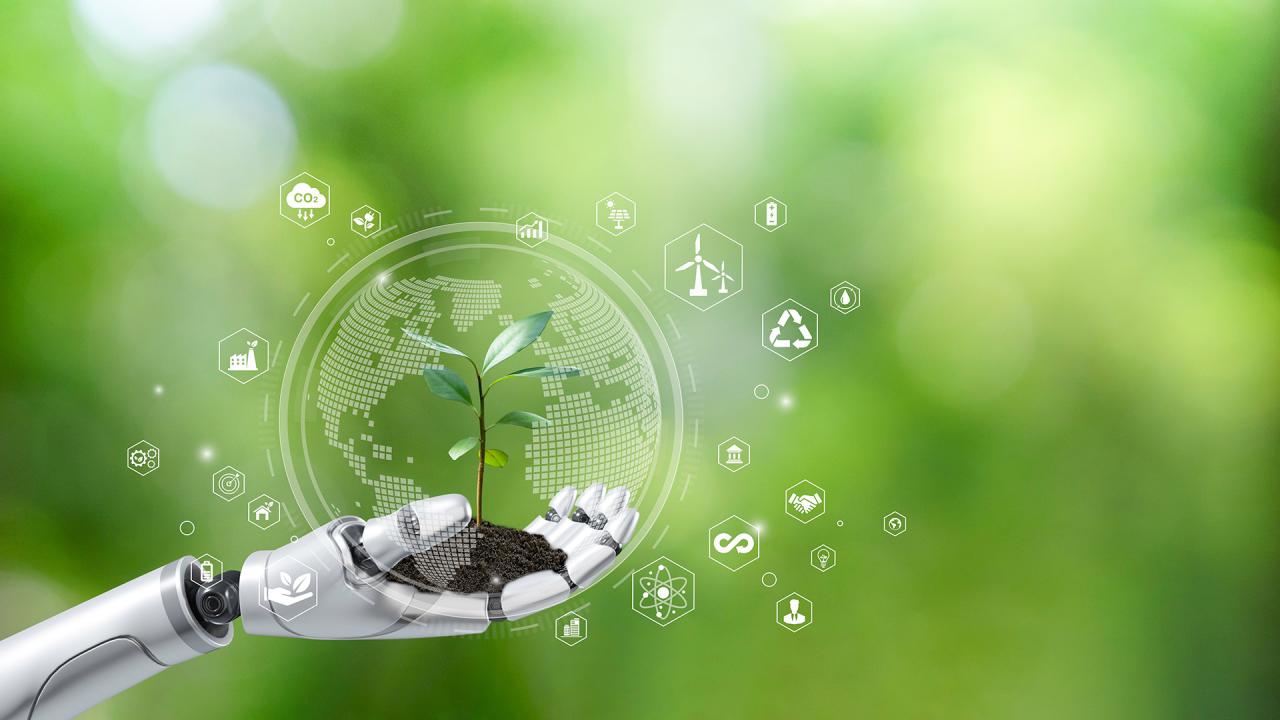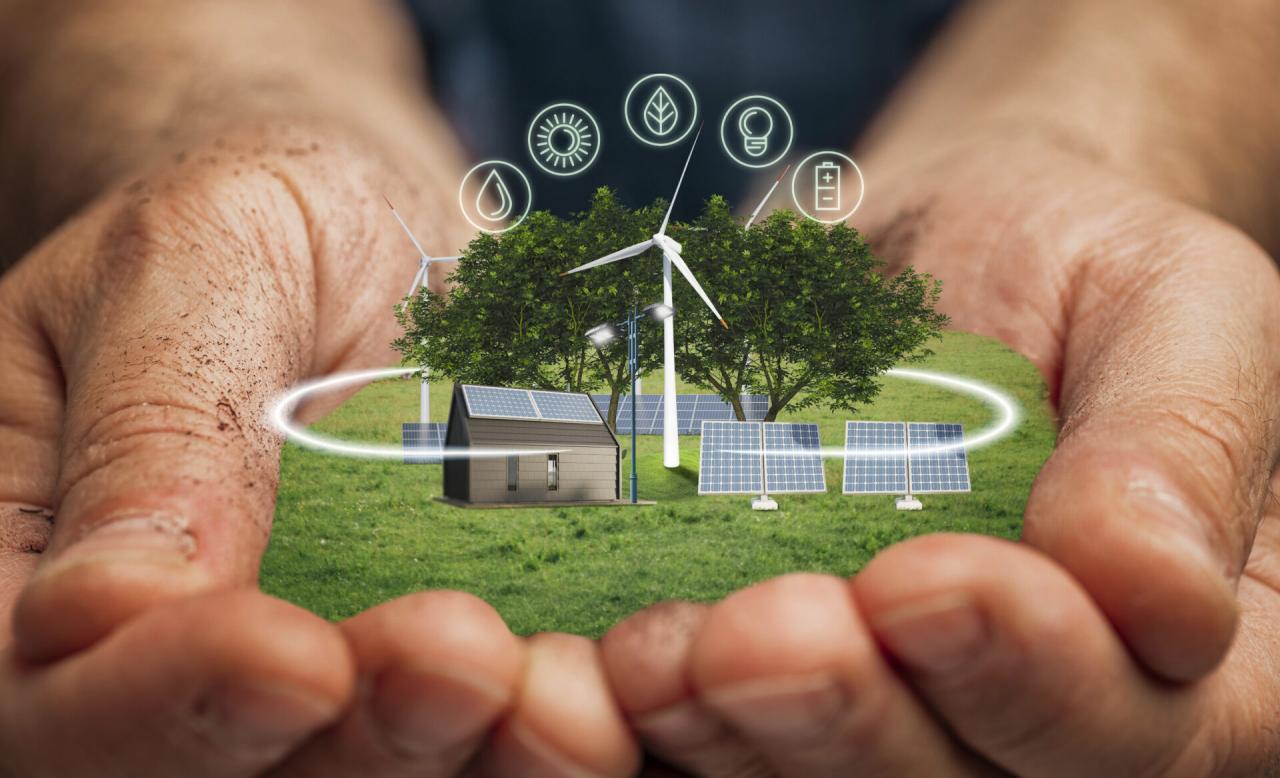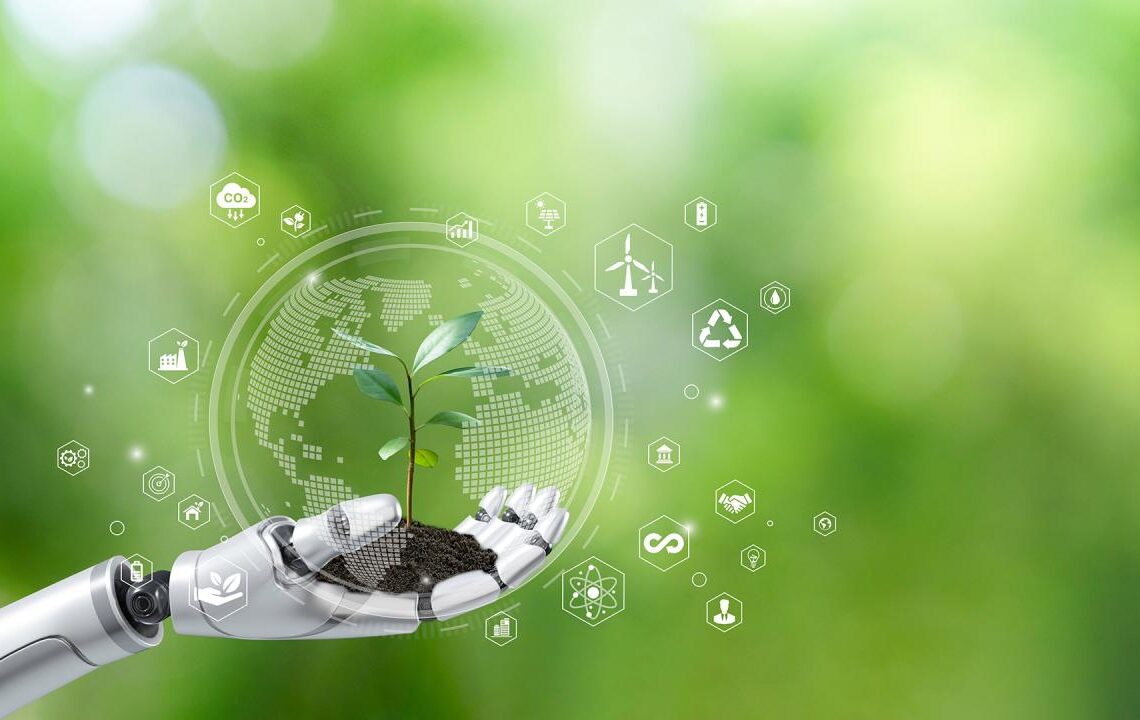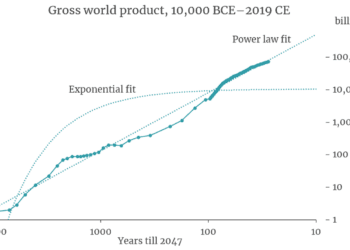The urgent imperative to address climate change and secure a resilient future has placed sustainable energy at the forefront of global innovation. Far from being a niche environmental concern, the transition to clean, renewable power sources is now a monumental economic and technological endeavor, driving unprecedented levels of research, investment, and deployment worldwide. The past decade has witnessed a remarkable acceleration in breakthroughs, transforming what were once aspirational concepts into scalable, competitive solutions.
From ultra-efficient solar cells to next-generation battery storage and revolutionary fusion research, sustainable energy innovations are surging, fundamentally reshaping our energy infrastructure and offering a tangible path away from fossil fuel dependence. This article delves deep into the dynamic landscape of sustainable energy, exploring the cutting-edge technologies driving this revolution, their profound global impact, the challenges that remain, and the exciting prospects they hold for powering a truly green future.
Why is Sustainable Energy Popular Now?

The push for sustainable energy isn’t merely an idealistic pursuit; it’s a critical response to pressing global challenges.
Environmental Crisis
- Climate Change: The burning of fossil fuels releases vast amounts of greenhouse gases, leading to global warming, extreme weather events, sea-level rise, and ecosystem disruption. Sustainable energy directly combats this by providing emissions-free power.
- Air Pollution: Traditional energy sources contribute significantly to air pollution, causing respiratory illnesses and premature deaths. Renewables produce negligible air pollutants during operation.
- Resource Depletion: Fossil fuels are finite resources. Shifting to renewables ensures long-term energy security and reduces reliance on volatile global markets.
Economic and Social Benefits
- Job Creation: The sustainable energy sector is a major job creator, particularly in manufacturing, installation, and research, offering new economic opportunities.
- Energy Independence: Nations reduce their reliance on foreign energy imports, enhancing national security and economic stability.
- Decentralized Power: Many renewable technologies can be deployed at various scales (from rooftop solar to utility-scale wind farms), enabling decentralized power generation that can be more resilient to outages and reach remote communities.
- Reduced Health Costs: By mitigating air pollution and climate change impacts, sustainable energy contributes to better public health outcomes, reducing healthcare burdens.
Solar Power
Solar energy has been a cornerstone of the renewable revolution, and continuous innovation is making it more efficient, affordable, and versatile.
Advanced Photovoltaic (PV) Technologies
- Perovskite Solar Cells: These emerging materials offer high power conversion efficiencies, can be produced cheaply, and are flexible, opening up possibilities for integrating solar cells into windows, clothing, and irregular surfaces. They represent a significant leap beyond traditional silicon.
- Tandem Solar Cells: Combining different materials (like silicon and perovskite) in layers allows tandem cells to capture a broader spectrum of sunlight, significantly boosting overall efficiency and breaking through the theoretical limits of single-junction cells.
- Thin-Film Solar Cells: These lighter, more flexible cells are suitable for building-integrated photovoltaics (BIPV), transparent solar panels, and portable applications, expanding solar’s aesthetic and practical uses.
- Concentrated Solar Power (CSP): CSP systems use mirrors to focus sunlight onto a receiver to generate heat, which then drives a turbine. Innovations in thermal storage (e.g., molten salt) allow CSP plants to generate electricity even after the sun sets, providing dispatchable clean power.
Deployment and Integration Innovations
- Floating Solar Farms (Floatovoltaics): Deploying solar panels on bodies of water reduces land use, minimizes evaporation, and benefits from natural cooling, making them ideal for areas with limited land availability.
- Agrivoltaics: Integrating solar panels with agriculture, allowing crops to grow beneath or between panels. This dual land use can increase overall land productivity, provide shade for crops, and reduce water evaporation.
- Solar Roads and Paths: While still largely experimental, embedding solar cells into road surfaces or pathways aims to generate electricity from vast unused areas.
Wind Power
Wind energy continues to grow as a cost-effective and scalable renewable source, with innovations pushing the boundaries of turbine design and deployment.
Next-Generation Turbine Technology
- Larger Turbines: The trend is towards ever-larger turbines with longer blades, capable of capturing more wind energy, especially at higher altitudes where winds are stronger and more consistent. This significantly increases energy output per turbine.
- Offshore Wind Farms: Building wind farms far from coastlines (fixed-bottom or floating) taps into stronger, more consistent winds, overcoming land availability constraints and reducing visual impact. Innovations in floating platforms are enabling deployment in deeper waters.
- Turbine Blade Innovation: Research focuses on designing more aerodynamic blades, using advanced composite materials for lighter weight and greater durability, and even developing “morphing” blades that adapt to wind conditions.
Beyond Traditional Windmills
- Vertical Axis Wind Turbines (VAWTs): While less common than horizontal-axis turbines, VAWTs are gaining interest for urban environments due to their smaller footprint, quieter operation, and ability to capture wind from any direction.
- Airborne Wind Energy (AWE) Systems: These futuristic systems involve kites or drones tethered to the ground, designed to harvest high-altitude winds where energy density is much greater. This could unlock vast, previously inaccessible wind resources.
- Wind-Solar Hybrid Systems: Combining wind turbines with solar panels in hybrid installations can provide a more consistent power supply, as wind often blows when the sun isn’t shining, and vice-versa.
Energy Storage
Renewable energy sources like solar and wind are intermittent. Advanced energy storage solutions are crucial for ensuring a stable and reliable grid powered by renewables.
Battery Technologies
- Lithium-Ion Battery Advancements: Continuous research is improving the energy density, lifespan, safety, and cost-effectiveness of lithium-ion batteries, which are critical for electric vehicles and grid-scale storage.
- Solid-State Batteries: These next-generation batteries promise higher energy density, faster charging, and improved safety compared to liquid electrolyte lithium-ion batteries, with immense potential for EVs and grid storage.
- Flow Batteries: These batteries store energy in liquid electrolytes contained in external tanks, offering long discharge durations (hours to days), making them suitable for large-scale, long-duration grid storage. They are also highly scalable and have a long cycle life.
- Sodium-Ion Batteries: As an alternative to lithium, sodium-ion batteries utilize more abundant and cheaper materials, making them a promising candidate for large-scale stationary storage, reducing reliance on critical minerals.
Beyond Batteries
- Green Hydrogen Production: Using renewable electricity to split water into hydrogen and oxygen (electrolysis) produces “green hydrogen,” a versatile energy carrier that can be stored, transported, and used for power generation, industrial processes, and fuel cells.
- Pumped Hydro Storage: Still the most common form of large-scale energy storage, pumped hydro uses excess electricity to pump water uphill to a reservoir, then releases it through turbines to generate power when needed. Innovations focus on new sites and more efficient systems.
- Compressed Air Energy Storage (CAES): Excess electricity is used to compress air and store it in underground caverns or tanks. When power is needed, the air is released through a turbine.
- Thermal Energy Storage (TES): Storing heat (e.g., in molten salt, sand, or specialized materials) from solar thermal plants or excess renewable electricity, and then using it to generate electricity or for industrial processes.
The Next Wave of Clean Power

Beyond solar, wind, and storage, several groundbreaking technologies are poised to contribute significantly to the future energy mix.
Geothermal Energy
- Enhanced Geothermal Systems (EGS): These systems aim to unlock geothermal resources in more locations by creating artificial reservoirs in hot, dry rock formations, significantly expanding the potential of geothermal power globally.
- Closed-Loop Geothermal: Unlike traditional geothermal that uses hot water, closed-loop systems circulate a working fluid through a sealed loop, avoiding issues of water consumption and seismic activity, allowing for deployment in more diverse geological settings.
Tidal and Wave Energy
- Advanced Tidal Barrages and Turbines: Harnessing the predictable power of ocean tides through barrages or underwater turbines, with innovations focusing on more efficient designs and environmental mitigation.
- Wave Energy Converters: Devices that capture the kinetic energy of ocean waves and convert it into electricity, with various designs being tested for robustness and efficiency in harsh marine environments.
Bioenergy and Waste-to-Energy
- Advanced Biofuels: Producing liquid fuels from non-food biomass (e.g., agricultural waste, algae) using advanced biorefining techniques, offering sustainable alternatives to traditional transportation fuels.
- Waste-to-Energy (Pyrolysis/Gasification): Converting municipal or industrial waste into energy (electricity or fuels) using advanced thermal processes, reducing landfill waste and generating power.
- Carbon Capture and Utilization (CCU): While not energy generation, CCU technologies aim to capture CO2 from industrial emissions or the atmosphere and convert it into valuable products or store it, becoming crucial for hard-to-decarbonize sectors.
Nuclear Fusion
- ITER and Commercial Fusion: Massive international projects like ITER are paving the way for controlled nuclear fusion, replicating the sun’s energy process. If successful, fusion promises an almost limitless, clean, and safe energy source, fundamentally solving the global energy crisis.
- Private Sector Innovation: A surge of private companies is also pursuing various fusion concepts (e.g., magnetic confinement, inertial confinement, compact reactors) with ambitious timelines, fueled by significant investment.
The Nervous System of Renewables
Generating sustainable energy is one part; efficiently distributing and managing it is another, requiring smart, adaptive energy systems.
Smart Grid Technologies
- AI and Machine Learning: AI optimizes grid operations by predicting supply from intermittent renewables, forecasting demand, detecting faults, and managing energy flow in real-time, ensuring grid stability.
- Internet of Energy (IoE): Connecting energy-producing devices, storage units, and consumers via the internet, allowing for dynamic energy management, peer-to-peer energy trading, and demand response programs.
- Distributed Energy Resources (DERs): Smart grids facilitate the integration of numerous small-scale renewable energy sources (rooftop solar, home batteries, electric vehicles) into a cohesive and resilient network.
- Blockchain for Energy Trading: Blockchain can enable secure, transparent, and decentralized peer-to-peer energy trading within local microgrids, empowering consumers to buy and sell excess renewable energy.
Energy Efficiency and Demand-Side Management
- Smart Buildings and Homes: Intelligent systems in buildings optimize heating, cooling, lighting, and appliance use based on occupancy, weather, and energy prices, drastically reducing energy consumption.
- Demand Response Programs: Utilities use smart meters and AI to incentivize consumers to shift energy use away from peak demand periods, reducing strain on the grid and improving efficiency.
- Electric Vehicle (EV) Integration: EVs with bidirectional charging capabilities can act as mobile energy storage units, feeding power back into the grid during peak demand or outages, becoming a crucial component of future smart grids.
Overcoming Obstacles
Despite the rapid surge in innovations, the transition to a fully sustainable energy system faces significant challenges.
Technical and Infrastructure Challenges
- Intermittency: Managing the variable nature of solar and wind power requires robust storage solutions and flexible grid infrastructure.
- Grid Modernization: Existing electrical grids were built for centralized, one-way power flow. They need massive upgrades and digitalization to handle decentralized, bidirectional renewable energy flows.
- Resource Availability: While renewable energy sources are abundant, the critical minerals needed for batteries, magnets, and other components (e.g., lithium, cobalt, rare earth elements) raise supply chain and ethical sourcing concerns.
Economic and Policy Barriers
- Initial Investment Costs: While operating costs are low, the upfront capital investment for large-scale renewable projects and grid upgrades can be substantial.
- Policy Stability: Inconsistent or shifting government policies, subsidies, and regulations can create uncertainty for investors, slowing down deployment.
- Just Transition: Ensuring that the shift away from fossil fuels provides new opportunities for workers and communities reliant on the old energy economy is crucial to avoid social disruption.
Public Acceptance and Land Use
- NIMBYism (“Not In My Backyard”): Local opposition to large-scale renewable projects (e.g., wind farms, solar fields) due to visual impact or noise concerns.
- Land Footprint: Large-scale solar and wind farms require significant land area, which can compete with agriculture or natural habitats, necessitating careful planning and dual-use strategies (like agrivoltaics).
Conclusion
The global surge in sustainable energy innovations is not just a glimmer of hope; it is a tangible, accelerating force that is fundamentally reshaping our planet’s energy future. From the sun-drenched surfaces of perovskite solar cells to the colossal blades of offshore wind turbines and the intricate dance of quantum dots in advanced batteries, technological breakthroughs are making clean energy ever more efficient, affordable, and pervasive. The promise of green hydrogen, the precision of smart grids, and the tantalizing prospect of nuclear fusion paint a vivid picture of an energy landscape free from the shackles of fossil fuels.
While the journey ahead is complex, fraught with technical, economic, and social challenges, the momentum is undeniable. Governments, industries, and researchers worldwide are coalescing around a shared vision: to decarbonize our energy systems and build a resilient, sustainable future. The continuous innovation in sustainable energy isn’t just about creating new technologies; it’s about re-engineering our relationship with the planet, powering a world that is cleaner, healthier, and more secure for generations to come. The era of sustainable energy is not just coming; it is powerfully surging into existence, illuminating the path to a truly green tomorrow.












